It’s time once again for me to talk about my favourite albums of the last year and frankly it’s been a little bit of a disappointment compared to previous entries – for some reason I found it quite difficult to find good music in 2019.
There were some really big releases from my favourite bands – Nailed to Obscurity, Swallow the Sun, Opeth, The Menzingers, Baroness, Pelican and more – but they didn’t quite hit the spot in the same way the best albums did. My absolute favourites were characterised by stellar production, distinct and memorable atmosphere and – perhaps most importantly – the ability to know when to stop. Nothing here outstays its welcome.
Speaking of brevity, there were however some fantastic EPs – namely the soulful post-rock influenced singer-songwriter A.A. Williams, the fun pop covers of normally Deftones-influenced VEXES, female-fronted indie rock newcomers Petrov, hardcore-turned catchy shoegazers Hundredth, and the groovy kraut-rock influenced explorations of Elder.
Since I’m talking about albums though, this year it’s a Top 8 rather than a Top 10, a subversive attack on the norms of mainstream music discourse. Let’s hope 2020 can bring a full list!
Listen to any of my picks, including EPs, on my Spotify playlist here.
Honourable Mention
Cult of Luna – A Dawn to Fear
Just missing out on my list is this 79-minute monolith from Swedish post metal act Cult of Luna. Unfortunately it doesn’t quite hold my attention throughout, but there are some very good moments and the whole album is massive and sounds like the end of the world. Particular intriguing is the use of Hammond organ on songs like ‘The Silent Man’ and the Western-feeling guitar textures on ‘Lights on the Hill’. Essentially, CoL really nailed the atmosphere, it’s just a bit long and some songs don’t stand out as much as the highlights.
Check out: The Silent Man
Best of 2019
Falls of Rauros – Patterns in Mythology
Falls of Rauros aren’t usually my cup of tea as far as black metal bands are concerned, but somehow they’ve hit it out the park on this record.
Highly melodic and full of winding, triumphant guitar leads, Patterns of Mythology is far away from the frost-bitten recorded-through-a-potato production of the original wave of Scandinavian black metal. It’s polished, shiny and – dare I say it – relaxing? Gorgeous analogue production provides plenty of dynamics, prominent bass that’s more than just a sub-audible rumble, and a satisfying, naturally roomy drum sound. It’s a delight through headphones. What’s more, at a brisk 45 minutes, including a short intro and mid-album break, it doesn’t wear out its welcome.
A weak point is the vocals: they’re not interesting enough to stand out among the genre’s best growlers and they don’t always gel with what the music is doing. However, they’re mixed fairly low in an album which is heavily instrumental, so they’re not too much of a distraction.
Check out: New Inertia
Downfall of Gaia – Ethic of Radical Finitude
Also taking black metal as a starting point, Downfall of Gaia’s latest uses melody to be dark, despairing and mournful.
Showing an adventurousness which differentiates them from other face-pummelers, Downfall of Gaia use piano, spoken-word passages and ambient elements to create a continuing sense of dread-filled momentum. Sustained notes of keyboard, synth and guitar are the glue that holds the album together, providing a way to transition between tracks and a seamless experience as one continuous piece of music. Like Falls of Rauros, Downfall of Gaia love to play around with dynamics, knowing exactly when to dial up the heaviness and when to slow down and provide a break before building up to a crescendo. Also like Falls of Rauros, the album is just 40 minutes and 6 songs, a surprise in a genre which often likes to go progressive with its album lengths.
Lastly, I can’t talk about this album without mentioning the brilliant drumming. The sound is dry and huge, with cymbal work brought to the fore, and the playing itself is technical and peppered with intricate fills and blastbeats – but never overplayed.
Check out: We Pursue the Serpent of Time
Cartographs – Wilt and Blossom
A new band with a stunning debut, I hope to see Cartographs go far.
Cartographs take the watery, ethereal guitars of shoegaze and counterpoint it with hardcore-influenced screams, drenching everything in a reverb that makes it sound distant but no less powerful. Apparently they recorded in a church. Wilt and Blossom sounds best when the band allows themselves to stretch out, as in the 10-minute epics ‘Through the Garden Gate’ and ‘Blossom Under Leaves’. These songs feature gorgeous, intricate introductions and mid-sections which drape the listener in walls of clean guitar. Meanwhile, ‘More String Than Pearls’ takes an almost commercial approach with a discernible chorus – a rarity in my favourite metal!
Taken as a whole, Wilt and Blossom can sound a bit homogenous as the band has their formula and sticks to it. Here’s hoping for a bit more experimentation on the next one.
Check out: Through the Garden Gate
Dreadnought – Emergence
With Emergence, prog-metal band Dreadnought have created a winding and twisting epic.
Though the runtime is just 45 minutes, this record goes through so many moods that it feels much longer. Blistering right out the gate with the intricate percussion of ‘Besieged’, the slow and mysterious ‘Still’ follows, an interlude of sorts which showcases the vocal talents of singer/guitarist/flute player Kelly Schilling, who often harmonises with vocalist/keyboardist Lauren Vieria, and whose vocals have an old-fashioned, folky feel to them which bring to mind 70s-style prog and occult rock.
Slow-downs like this happen throughout, such as in the middle of the monstrous ‘Pestilent’ or the blissed-out intro of closer ‘The Waking Realm’. The record journeys through multiple genres including doom, black metal, jazz and classical/chamber, most noticeable in the heavy use of piano which contrasts the doomy, crunchy guitars. Although a little hotly mastered, the clear production showcases every instrument including audible, dancing bass and instantly recognisable, intricate drumming. In short, a progressive treat if you like long song lengths and surprising genre combinations.
Check out: Pestilent
Inter Arma – Sulphur English
A huge favourite of mine returns with another evolution of their signature blend of doom, black and death metal.
Like the flaming tree that adorns its distinctive cover, Sulphur English is a dry and intense slow-burn journey through modern metal. At times driving, other times ritualistic and folky, the sound is always powerful and the riffs molten. Sulphur English is a much less friendly listen than the band’s last record Paradise Gallows, though respite from the onslaught comes in the middle of the album in the form of the atmospheric ‘Stillness’, a slow, somewhat acoustic joint which demonstrates singer Mike Parparo’s improved clean vocals and builds to an explosive yet controlled climax.
Tribalistic drumming propels the record, letting loose when required with massive fills and blastbeats and hanging back for space when the guitars are slower and sludgier. The band’s commitment to repetitiveness and willingness to stay on the same riff will put many off, but for me this adds to a hypnotic and engrossing atmosphere.
Check out: Stillness
MONO – Nowhere Now Here
A new drummer brings MONO a renewed sense of power.
Japanese instrumental post-rock giants MONO are not normally a band I pay much attention to. I’ve tried some of their most renowned albums and for some reason just can’t connect with them. There’s something about their latest record which works for me though. Their new drummer is bigger and brasher than the previous one; his snare punches like Bonham’s and his cymbals explode through the waves of noisy guitar, especially on the standout ‘Sorrow’. Other highlights include the shaky yet charming vocals of Breathe and the devastating piano-led mourn of Parting. Suffused with emotion and extremely dynamic, Nowhere Now Here is a journey of depth and beauty.
Check out: Sorrow
Insomnium – Heart Like a Grave
Insomnium manage a lot of variety within the melodic death metal template.
Heart Like a Grave moves ably between blistering double kick riffs and soft piano and acoustic melodies, best exemplified by the epic ‘Pale Morning Star’. Other tracks like ‘Mute Is My Sorrow’ demonstrate the catchy Gothenburg riffing the genre is most famous for, while ‘Valediction’ and ‘Heart Like a Grave’ feature sparing use of clean vocals by new member and guitarist Jani Liimatainen providing a welcome contrast to the growls of bassist/vocalist Niilo Sevänen.
The album ends on a satisfying note with the instrumental ‘Karelia’ unless you have the bonus track version which includes extra instrumental pieces: an acoustic version of the main parts of ‘Pale Morning Star’ and a synth version of ‘Karelia’ named ‘Karelia 2049’ – a reference for all you movie heads out there. Heart Like a Grave, although serious, is far less dark and doomy than the band’s previous efforts, making it a surprisingly light listen for this kind of metal.
Check out: Heart Like a Grave
PUP – Morbid Stuff
A fun record for losers.
It wouldn’t be a list of mine without something that isn’t metal, and this year’s pick is the third record from these Canadian punks. Although they’ve always been a fairly easy listen as far as the genre is concerned, with Morbid Stuff, PUP moves towards even more radio-friendly waters exemplified by big-budget production and the poppy melodies of bangers like ‘Kids’. Lyrically, the album continues to examine the band’s favourite themes of mental health and relationships, particular the ideas of depression, nihilism and reaching a breaking point, as signified by track number 9, the almost metal ‘Full Blown Meltdown’. It’s never been more fun to admit that you’re ‘maxed out’ or to tell someone they’re not ‘special’ because they’re ‘sad again’. It may not be a healthy anger but it’s a liberating one.
My favourite track, ‘Scorpion Hill’, is a triumph in storytelling and texture about a man losing his job and the strain it has on his family. Beginning with a slow, folky intro before speeding up to a driving gallop, it reaches a climax in both the music and the storytelling when the protagonist’s partner makes a shocking discovery, at which point it dissolves back to jangly chords and accordion. It’s a full journey in just 5 minutes. Showing the range the band has, the album concludes with the quiet, reflective ‘City’ – until the total noise that kicks in after 2 minutes reminds us that it’s a punk album.
Check out: Scorpion Hill of course!


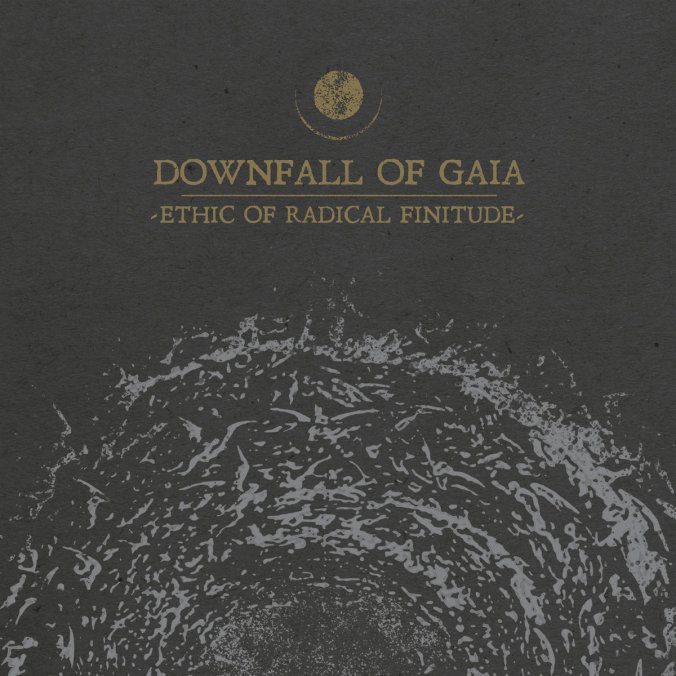







 What I saw of Old Suffolk Boys was a short tidbit, enough to whet my appetite for the longer 90-minute cut. It left me with many questions. Who are these folks and what is their connection to John? How did John get into bluegrass? What made John leave Suffolk when many of his friends have stayed there all their lives? I’m excited to find out about John’s musical education, hear more stories and meet more characters. Here’s hoping for a full release soon.
What I saw of Old Suffolk Boys was a short tidbit, enough to whet my appetite for the longer 90-minute cut. It left me with many questions. Who are these folks and what is their connection to John? How did John get into bluegrass? What made John leave Suffolk when many of his friends have stayed there all their lives? I’m excited to find out about John’s musical education, hear more stories and meet more characters. Here’s hoping for a full release soon.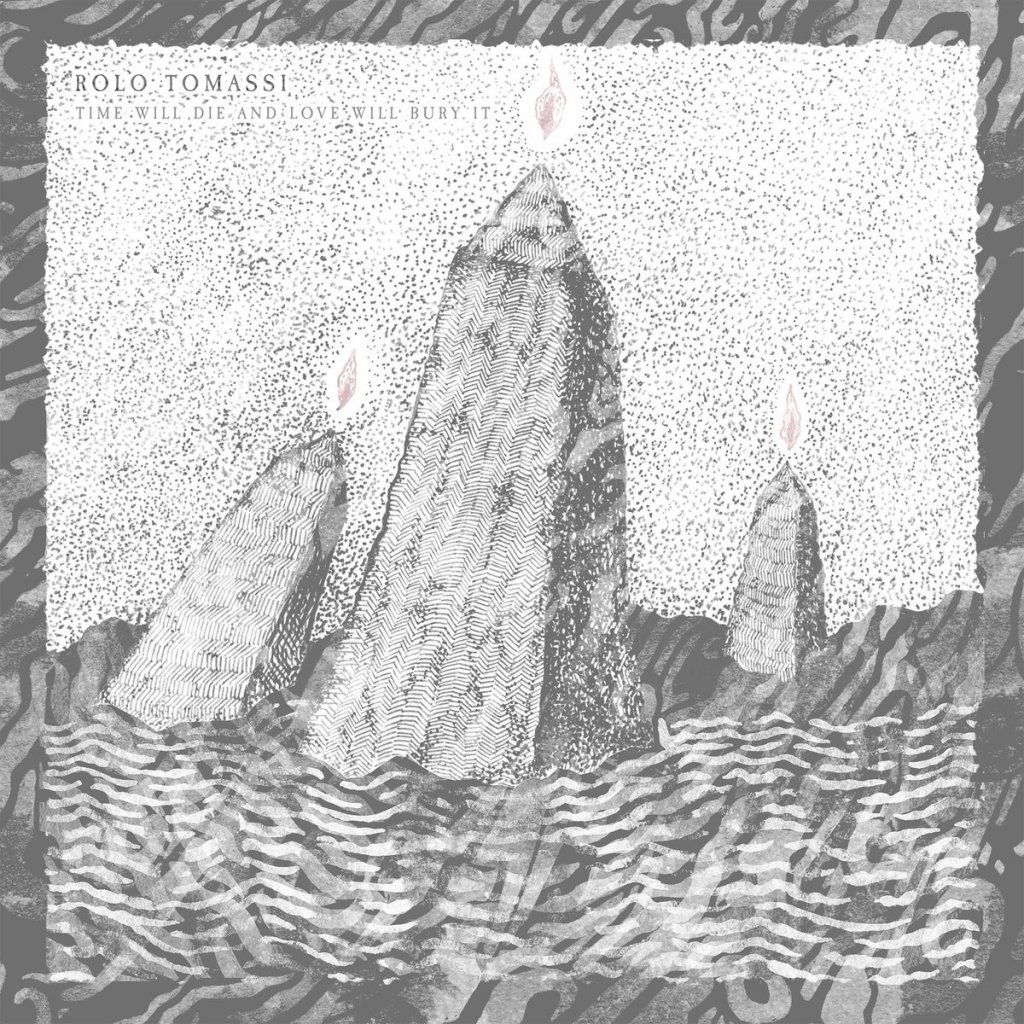
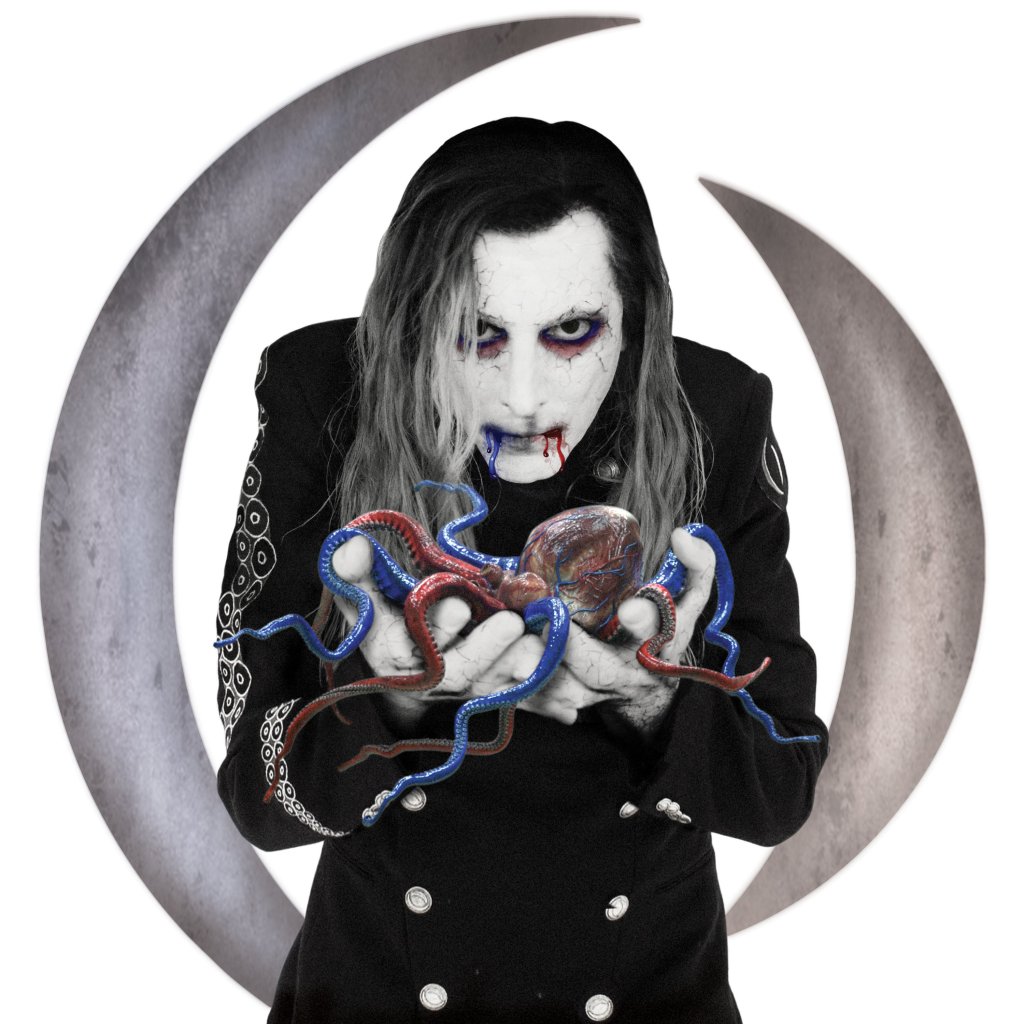
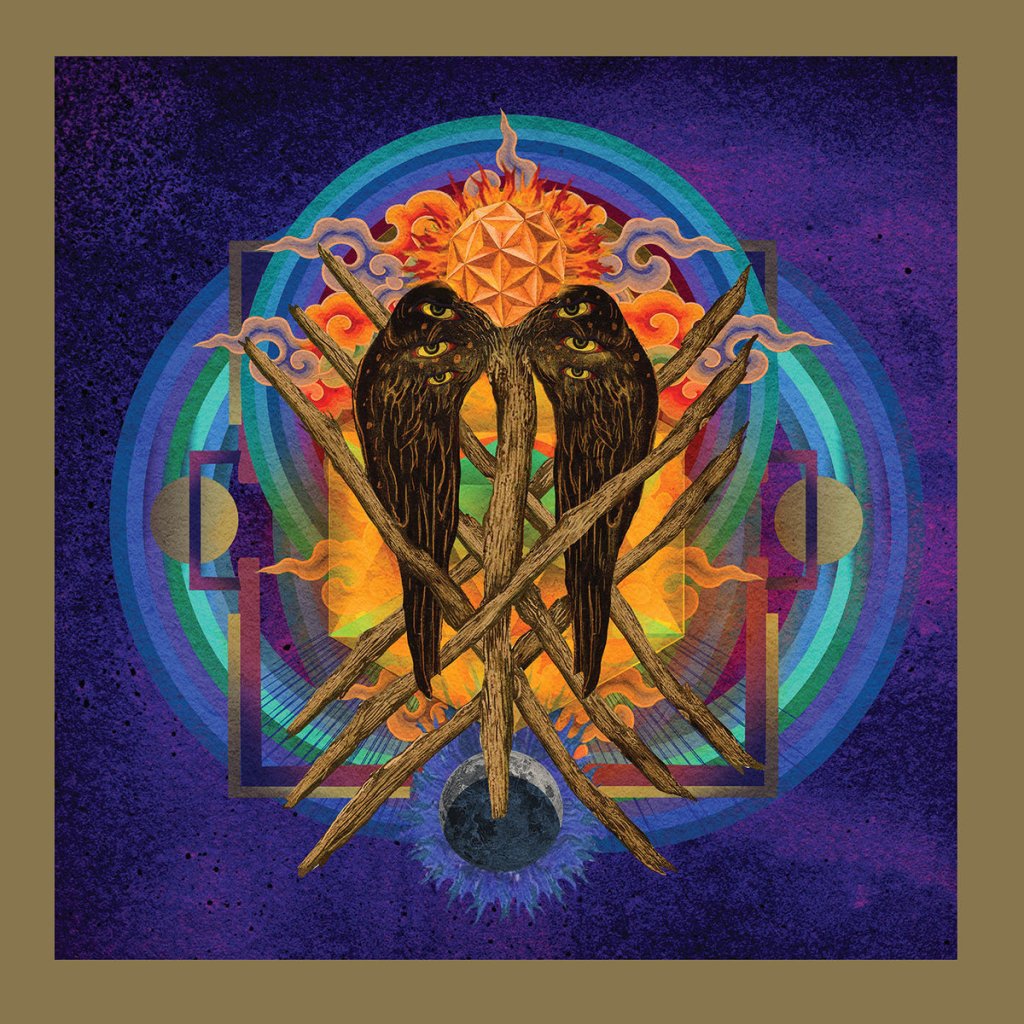
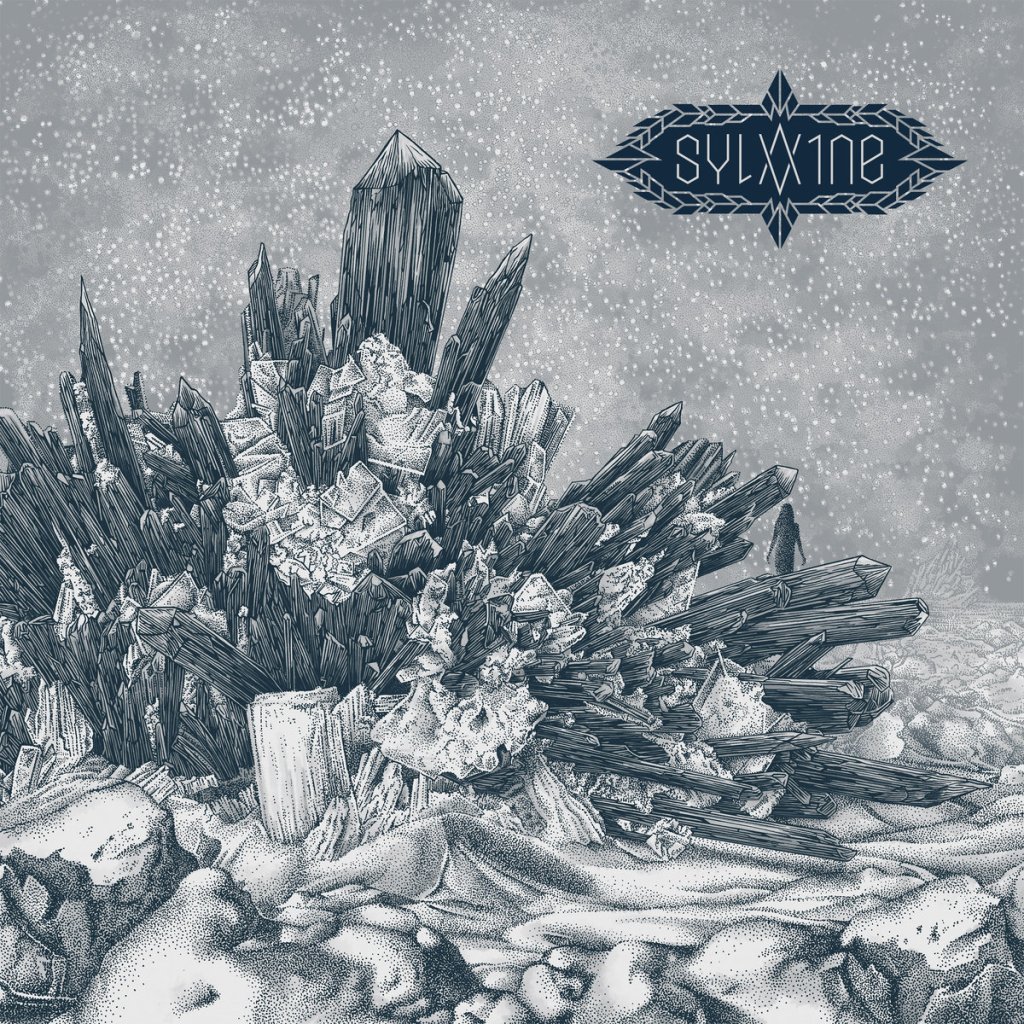
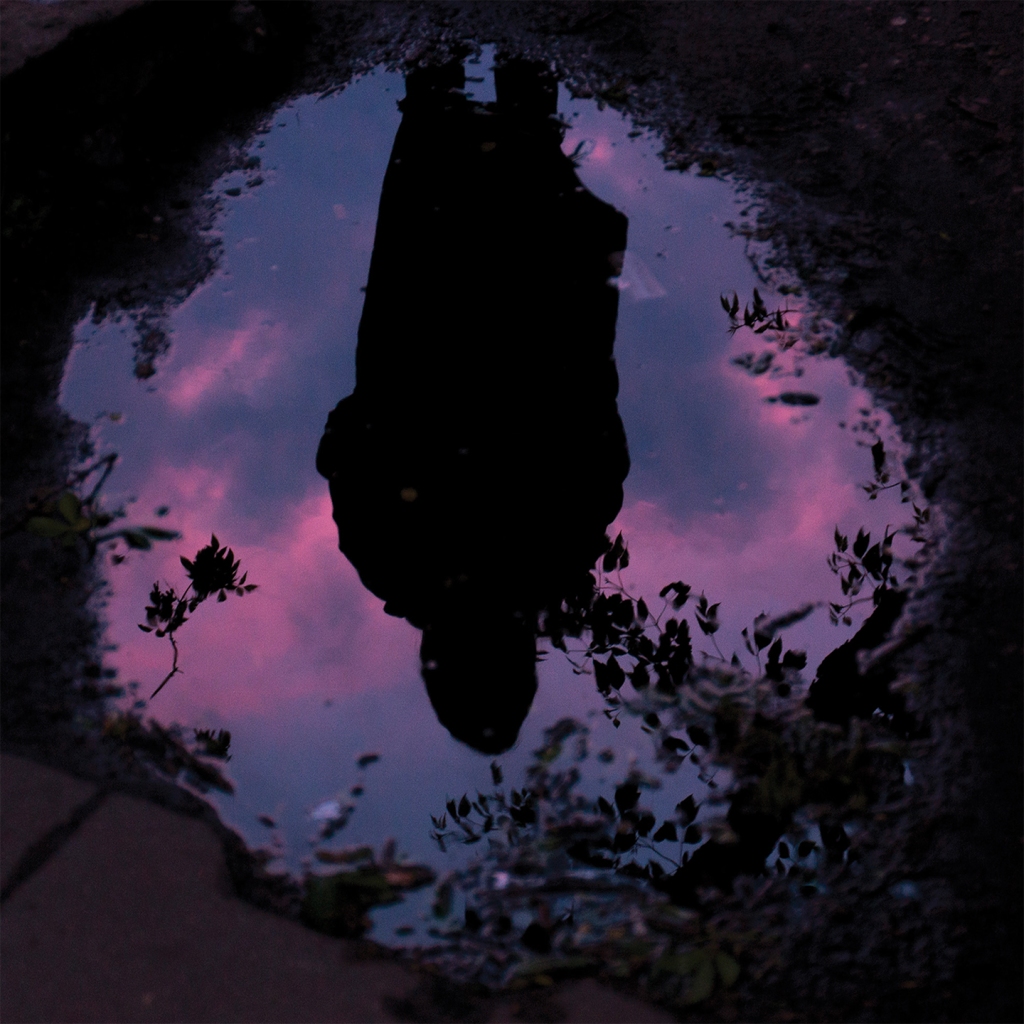
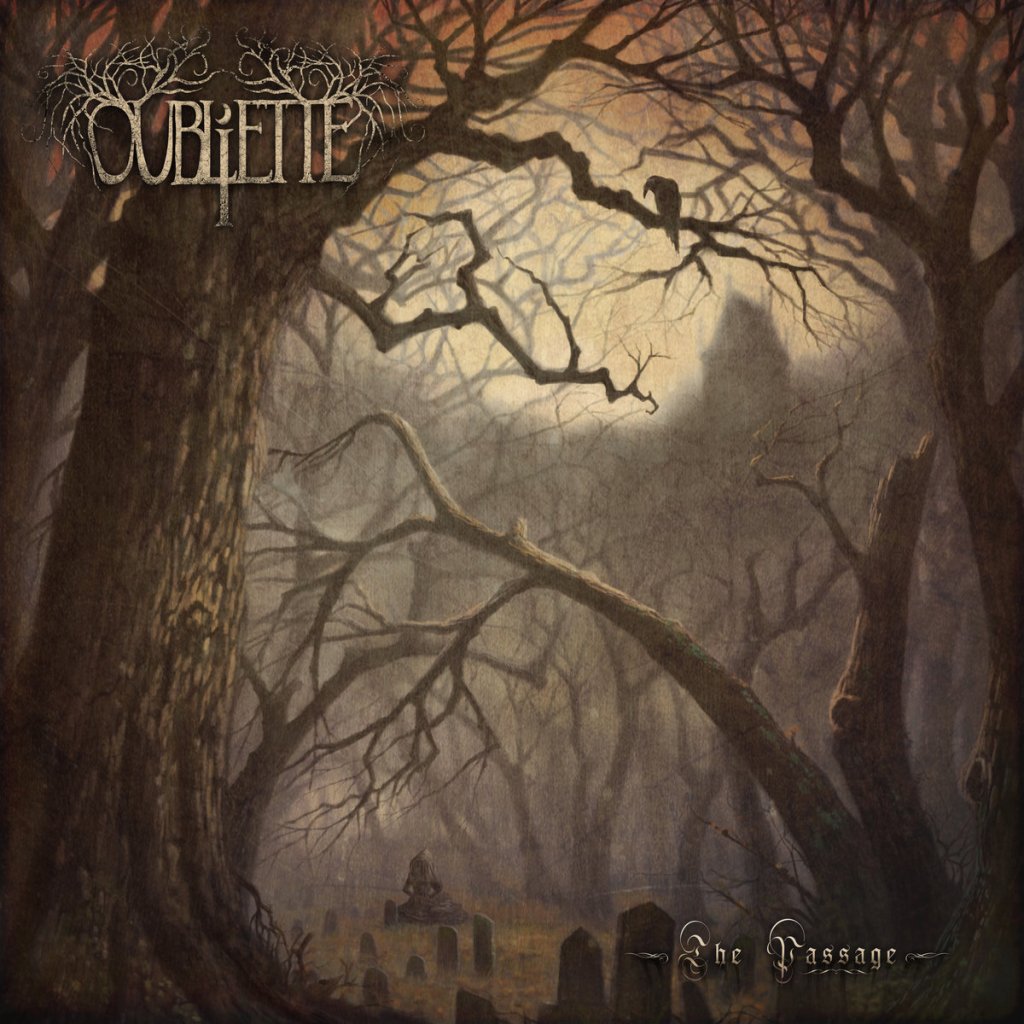
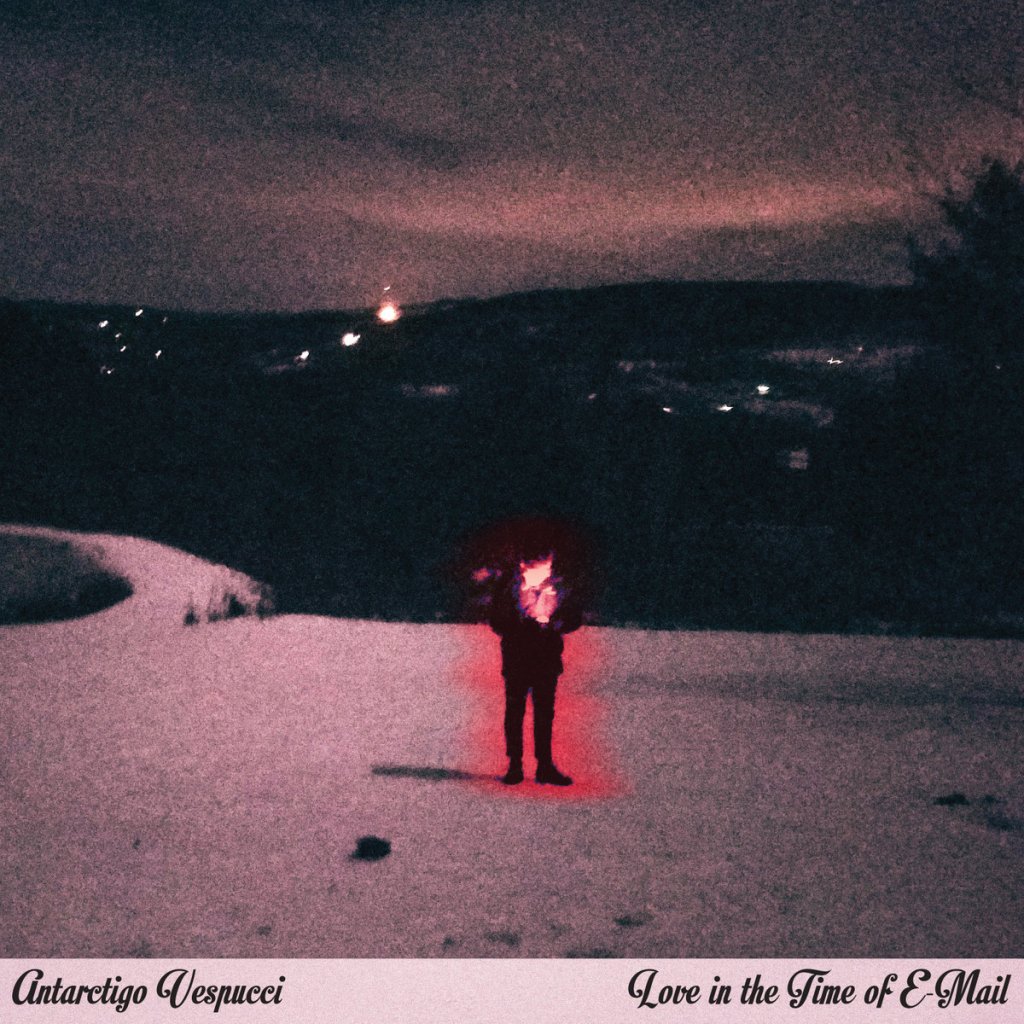
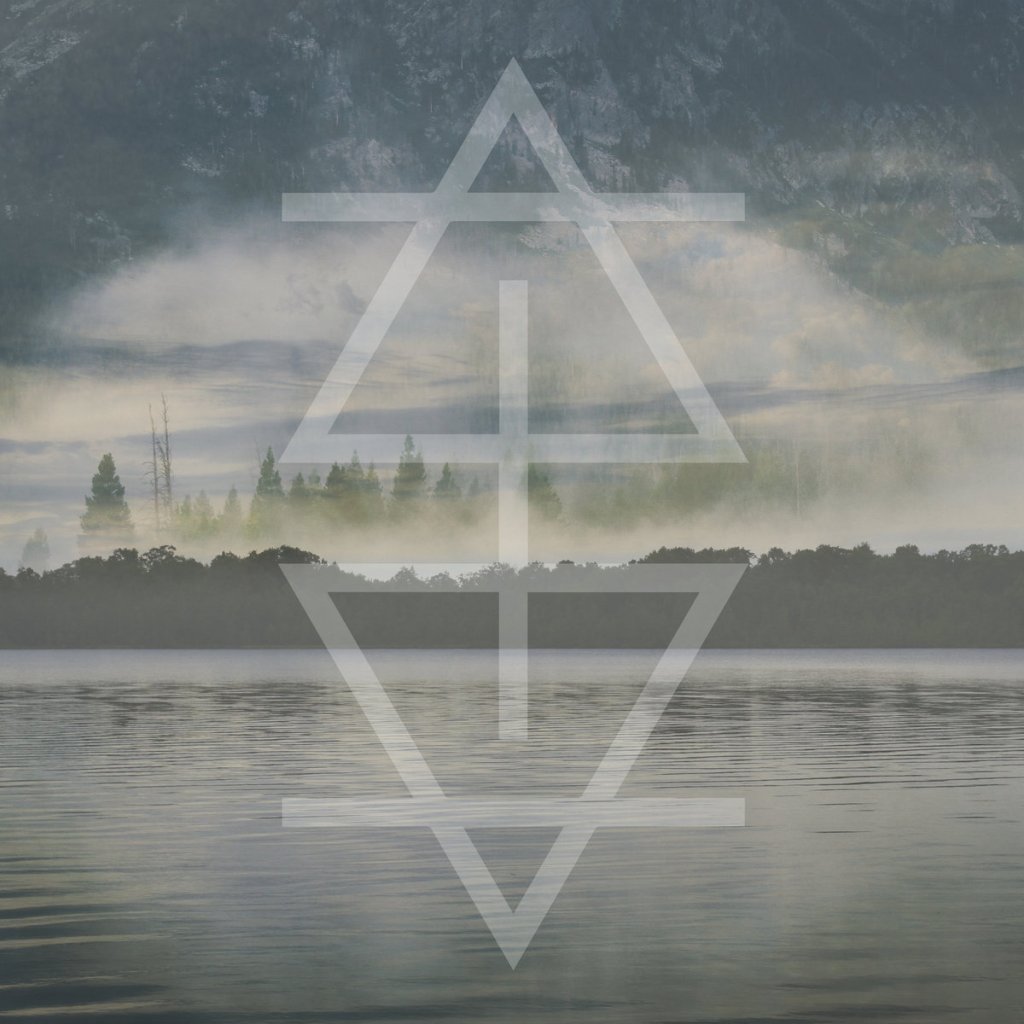
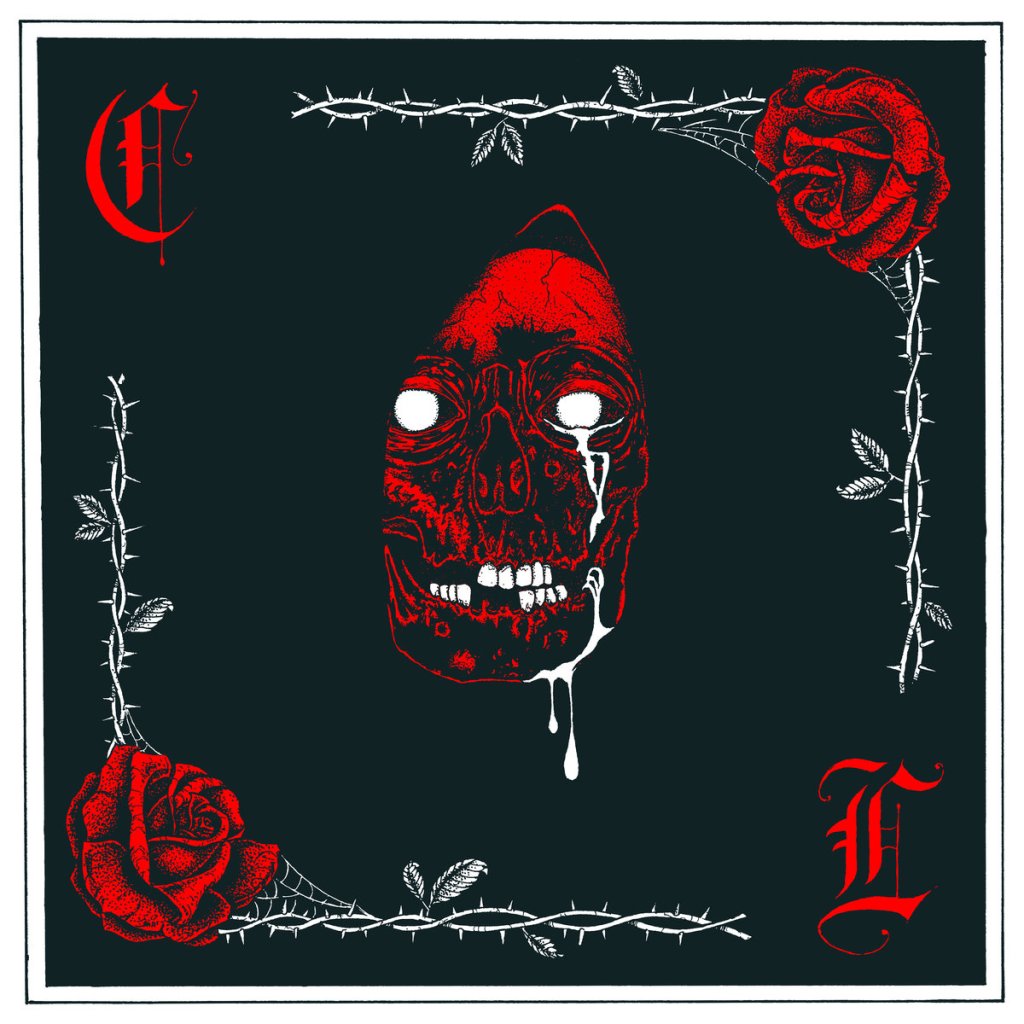 Cult Leader are known for being heavy, delivering short, hard-hitting bursts of punk-infused metallic anger. It is with much confusion, then, that their second single from this album, ‘To: Achlys’ was met by the community. It’s slow and pounding, played entirely with clean guitars, and the vocalist actually sings*! A Patient Man is a mature musical statement from a band wishing to make clear they have more to provide than hardcore catharsis. As it turns out, four of this album’s tracks are like that first single; they’re brooding and mournful, providing a welcome break from the frenzy and making A Patient Man an atmospheric and moving listen. Excellent, hard-hitting and varied drumming is the icing on the cake.
Cult Leader are known for being heavy, delivering short, hard-hitting bursts of punk-infused metallic anger. It is with much confusion, then, that their second single from this album, ‘To: Achlys’ was met by the community. It’s slow and pounding, played entirely with clean guitars, and the vocalist actually sings*! A Patient Man is a mature musical statement from a band wishing to make clear they have more to provide than hardcore catharsis. As it turns out, four of this album’s tracks are like that first single; they’re brooding and mournful, providing a welcome break from the frenzy and making A Patient Man an atmospheric and moving listen. Excellent, hard-hitting and varied drumming is the icing on the cake.
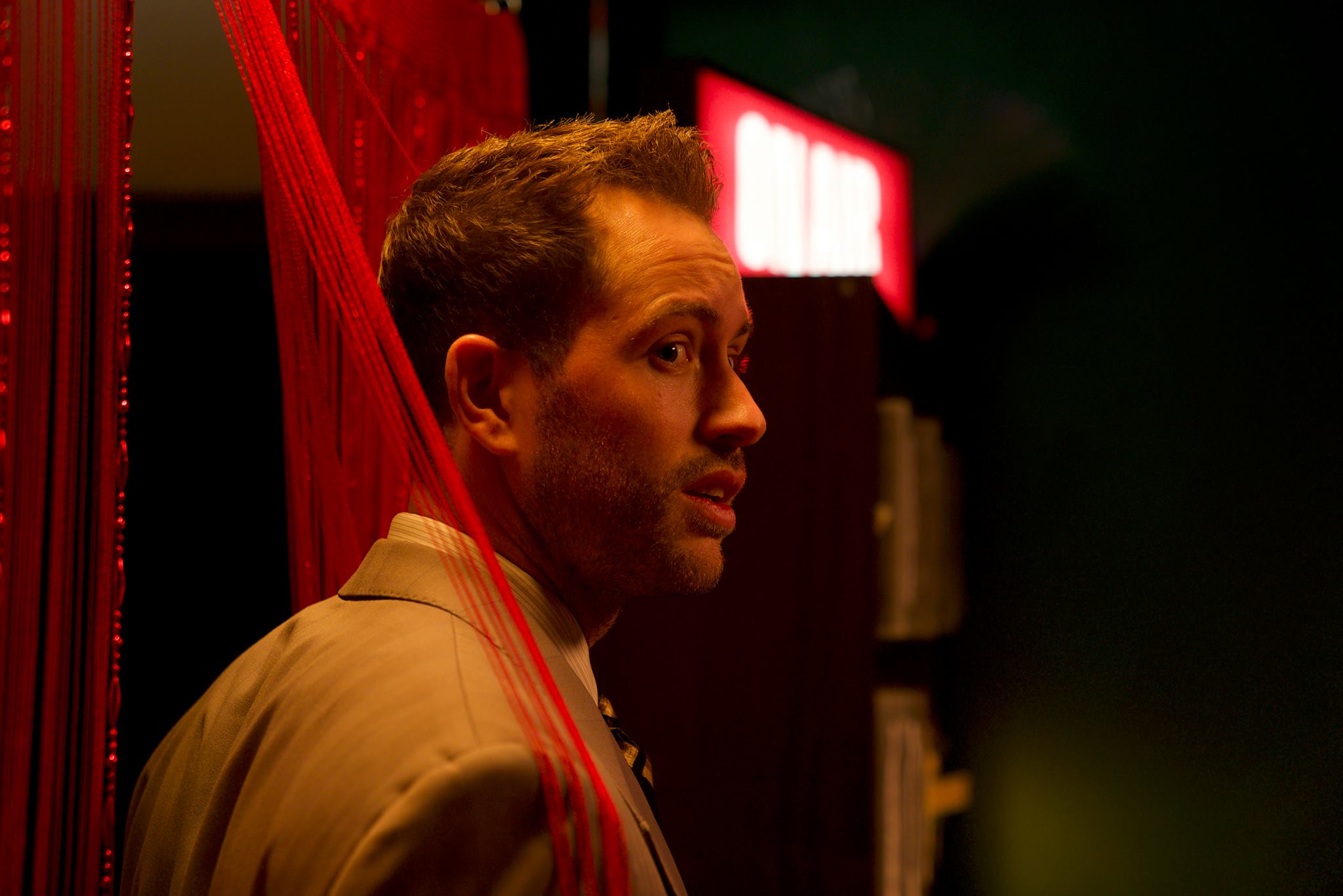

 Moon, Duncan Jones’ debut in 2007, was smart, subtle sci-fi, offering a glimpse of a promising young film maker. Since then the writer/director has moved into big-budget Hollywood and out the other end, culminating in the ambitious box office failure Warcraft. Now his latest work, a script he has been trying to get made for years, reaches our screens courtesy of Netflix.
Moon, Duncan Jones’ debut in 2007, was smart, subtle sci-fi, offering a glimpse of a promising young film maker. Since then the writer/director has moved into big-budget Hollywood and out the other end, culminating in the ambitious box office failure Warcraft. Now his latest work, a script he has been trying to get made for years, reaches our screens courtesy of Netflix.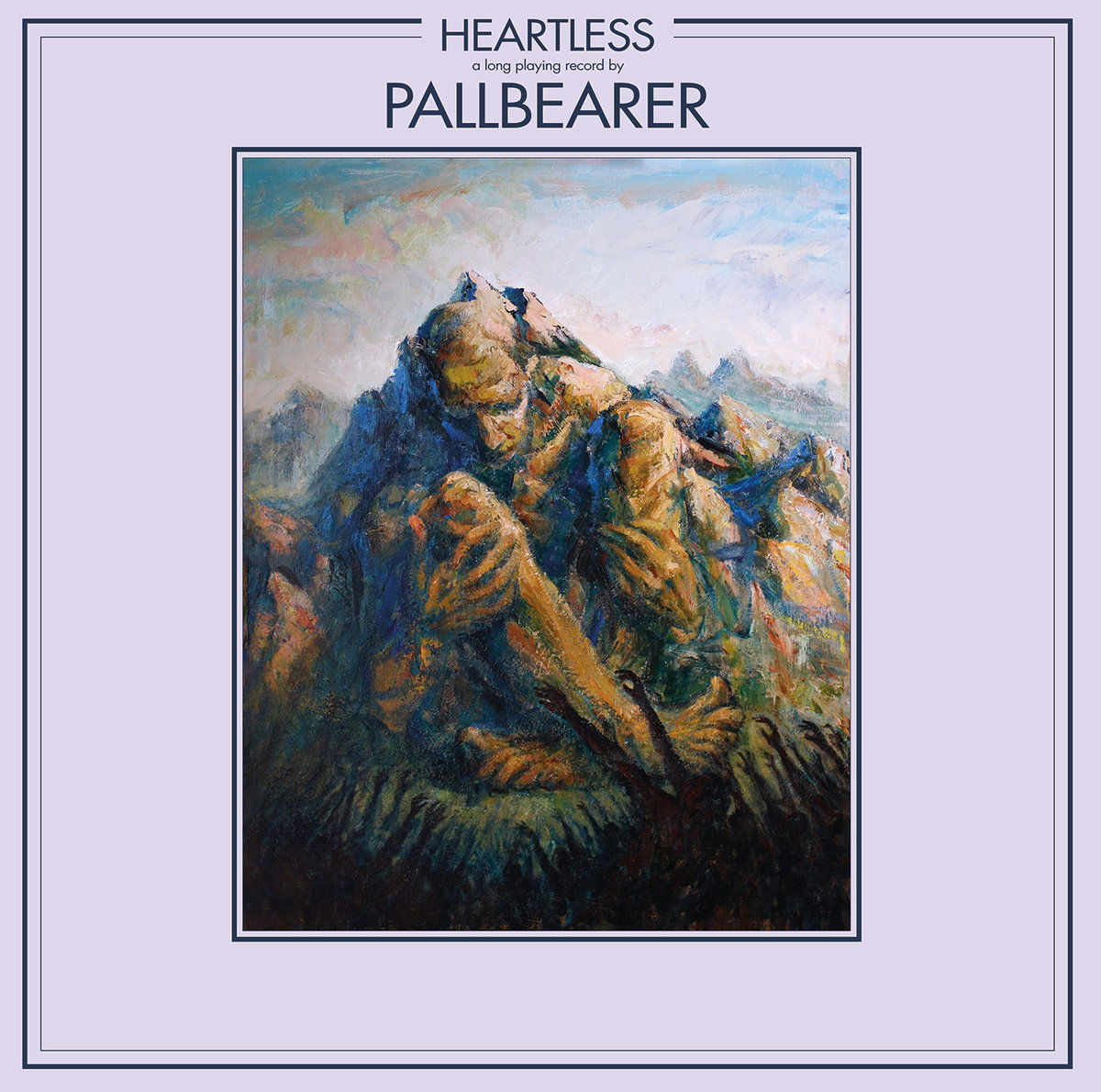



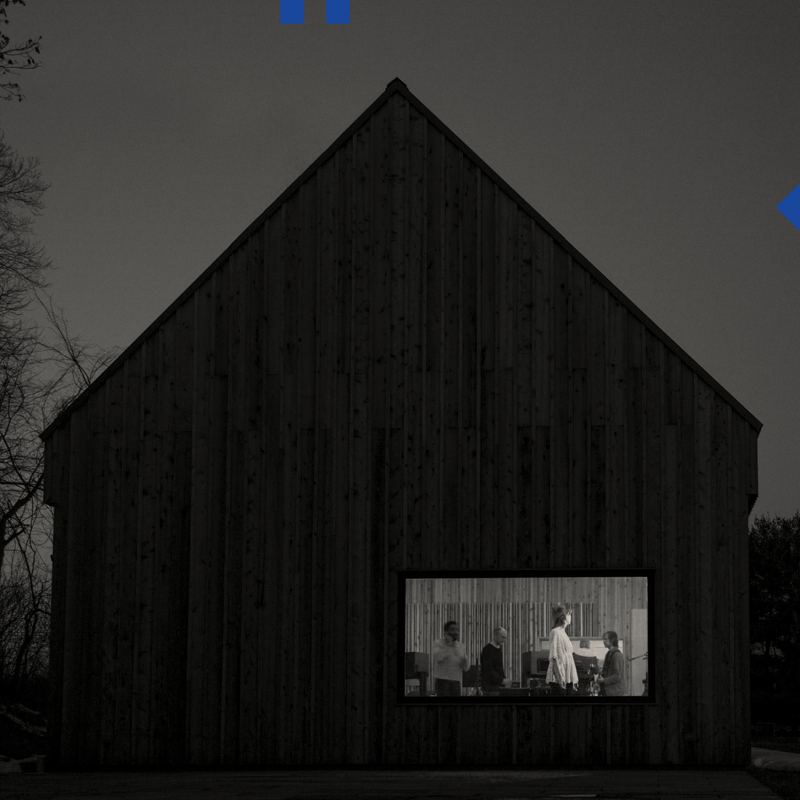

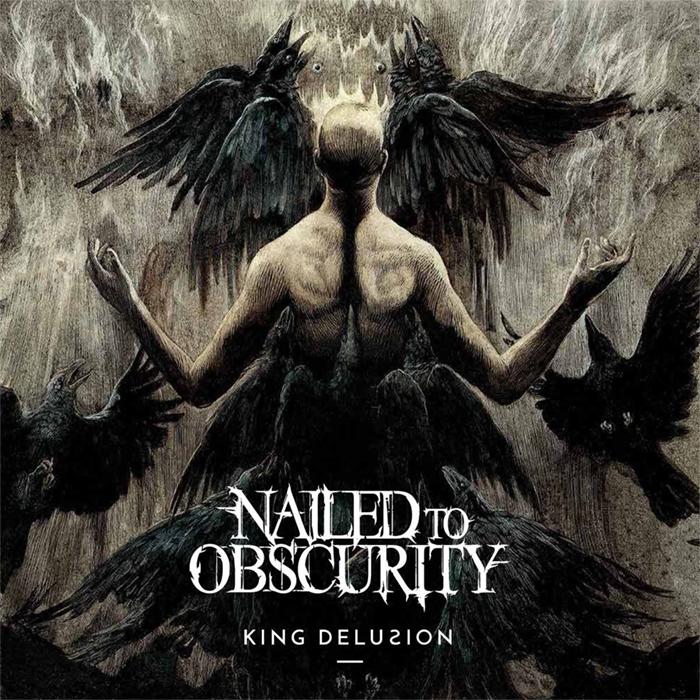
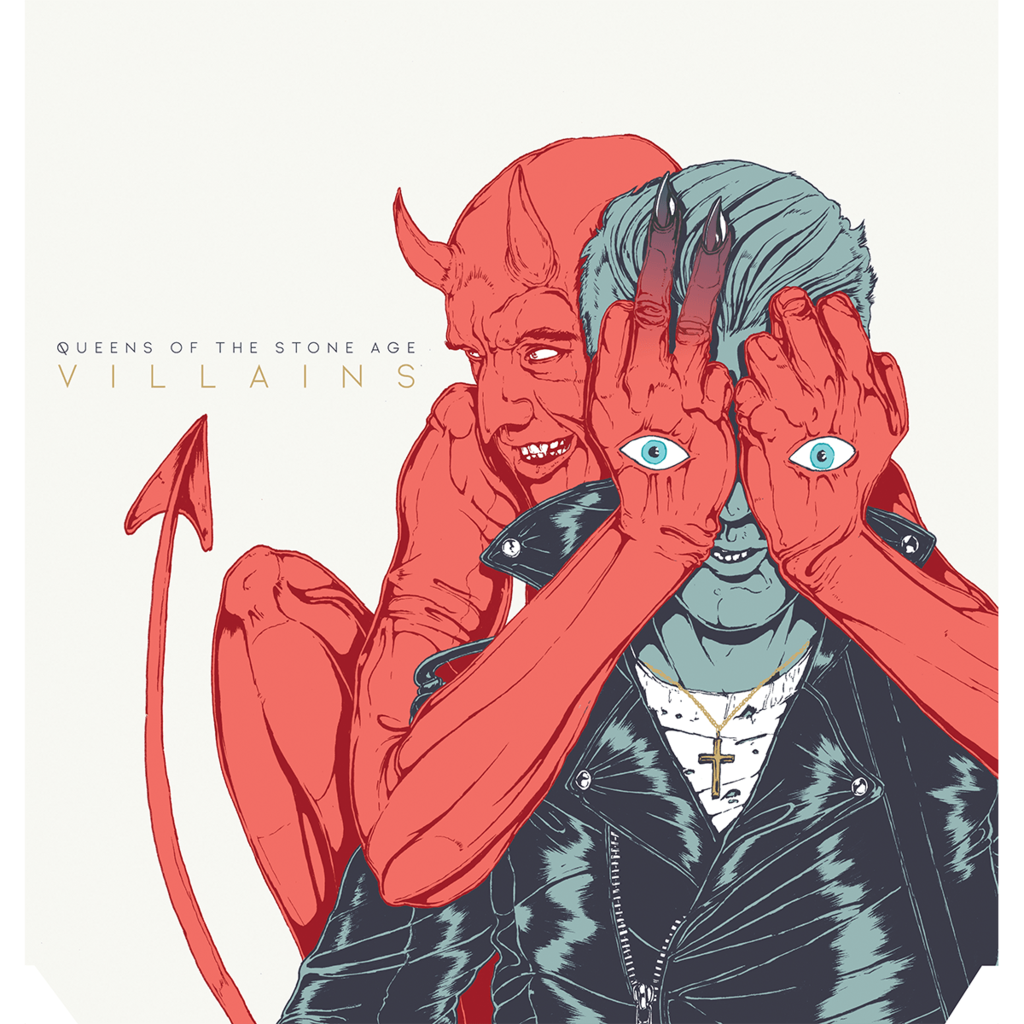
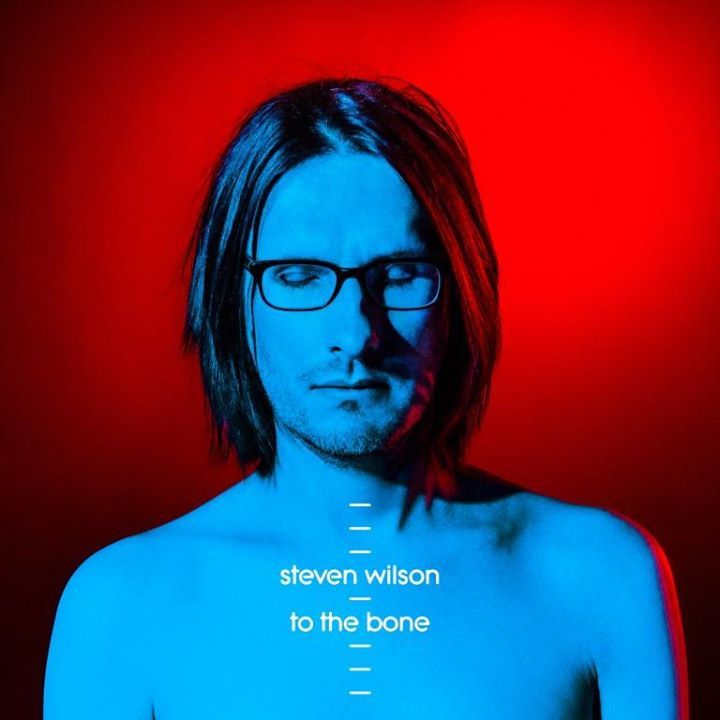

 Despite its by-the-numbers title, Vengeance: A Love Story doesn’t have much vengeance in it. Actually, come to think of it, it doesn’t have much love either. And the story is pure melodrama, sketched from paper-thin characters and well-worn genre tropes.
Despite its by-the-numbers title, Vengeance: A Love Story doesn’t have much vengeance in it. Actually, come to think of it, it doesn’t have much love either. And the story is pure melodrama, sketched from paper-thin characters and well-worn genre tropes.


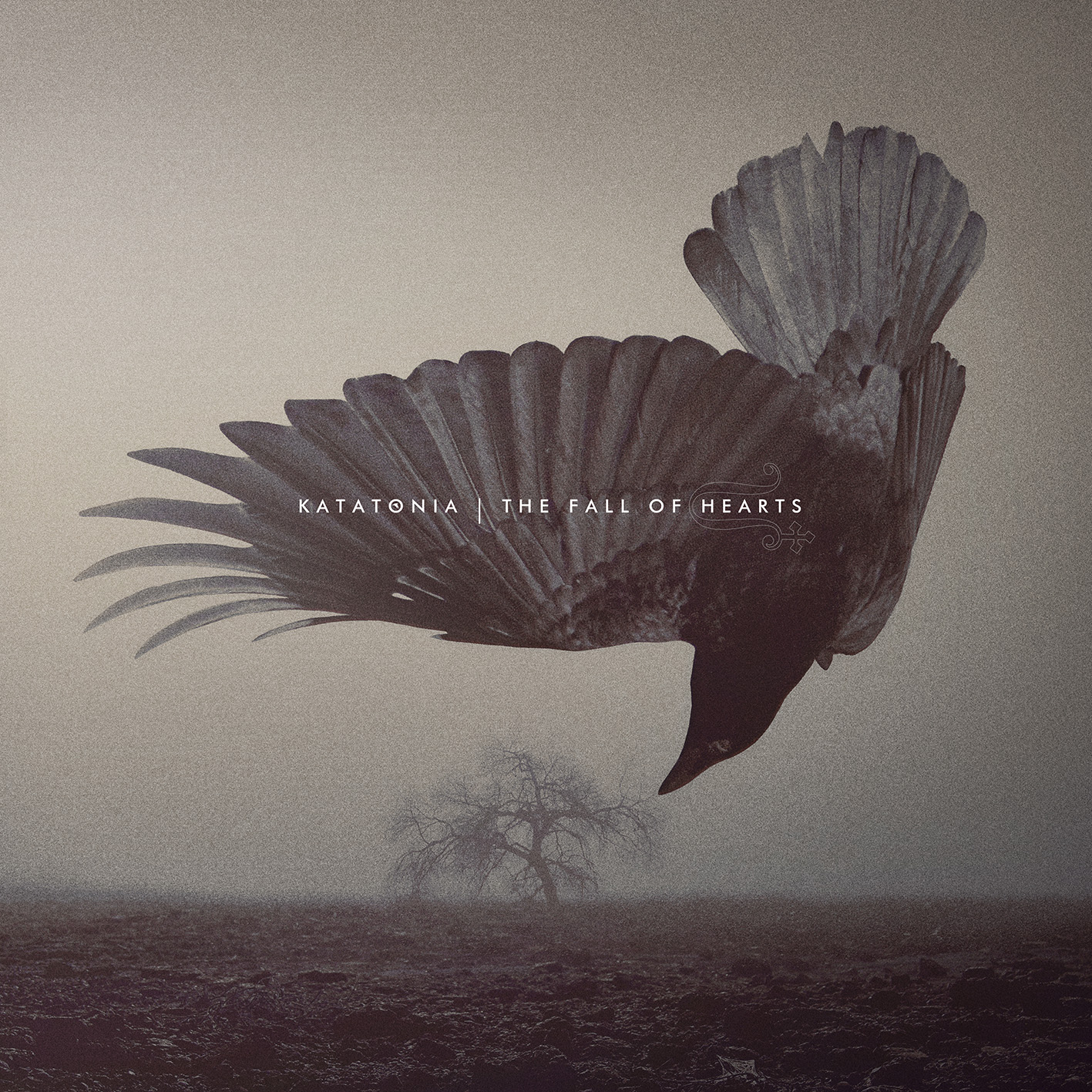


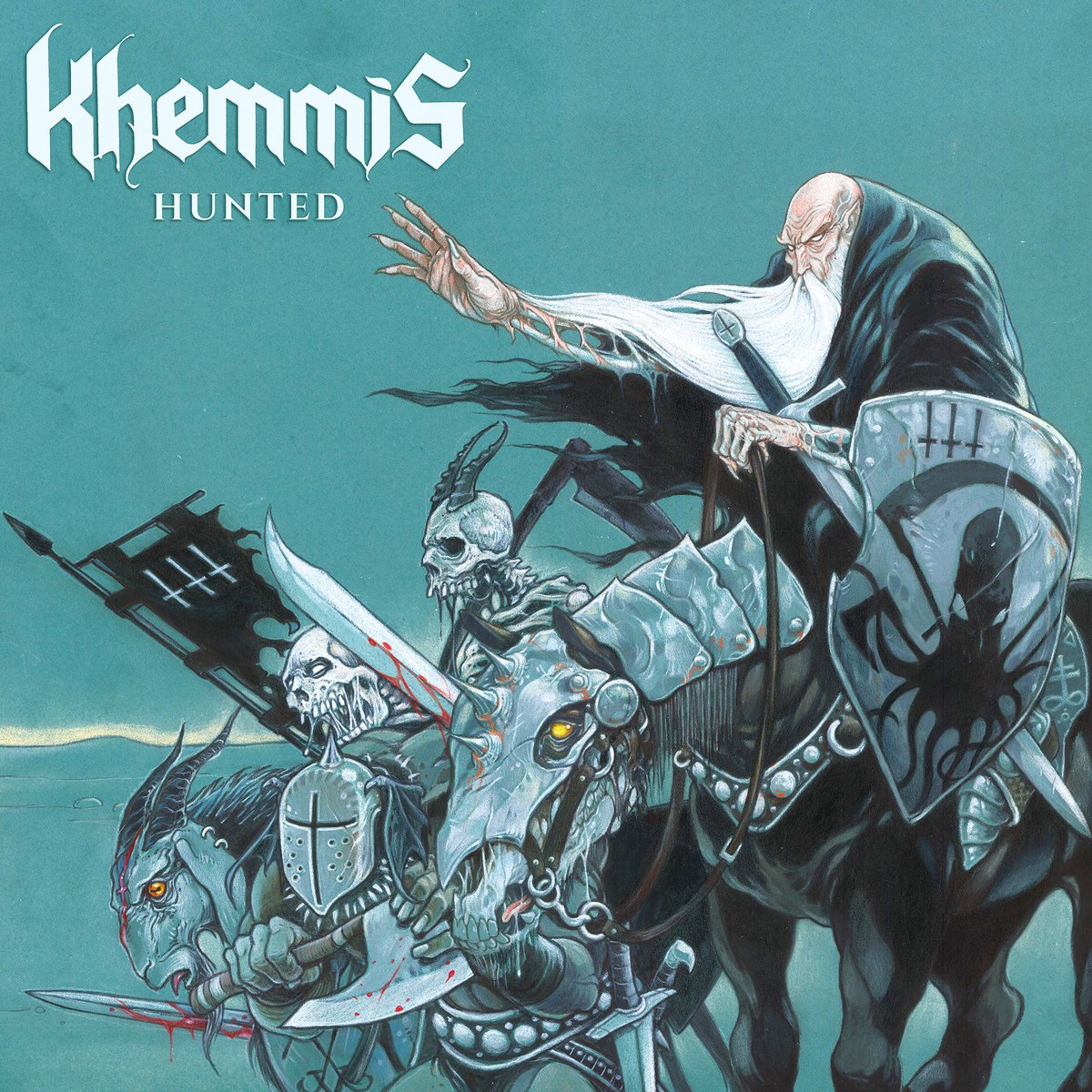
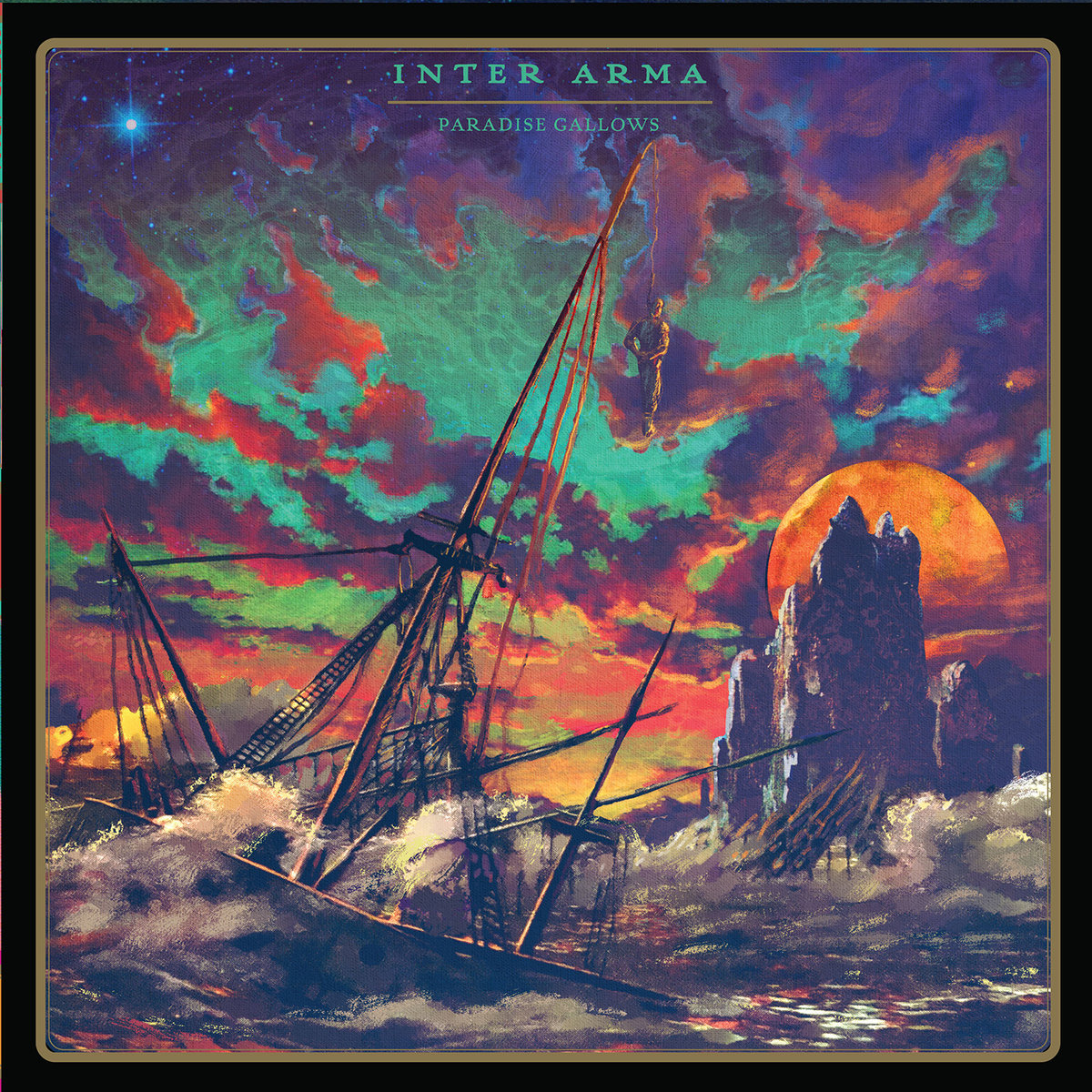
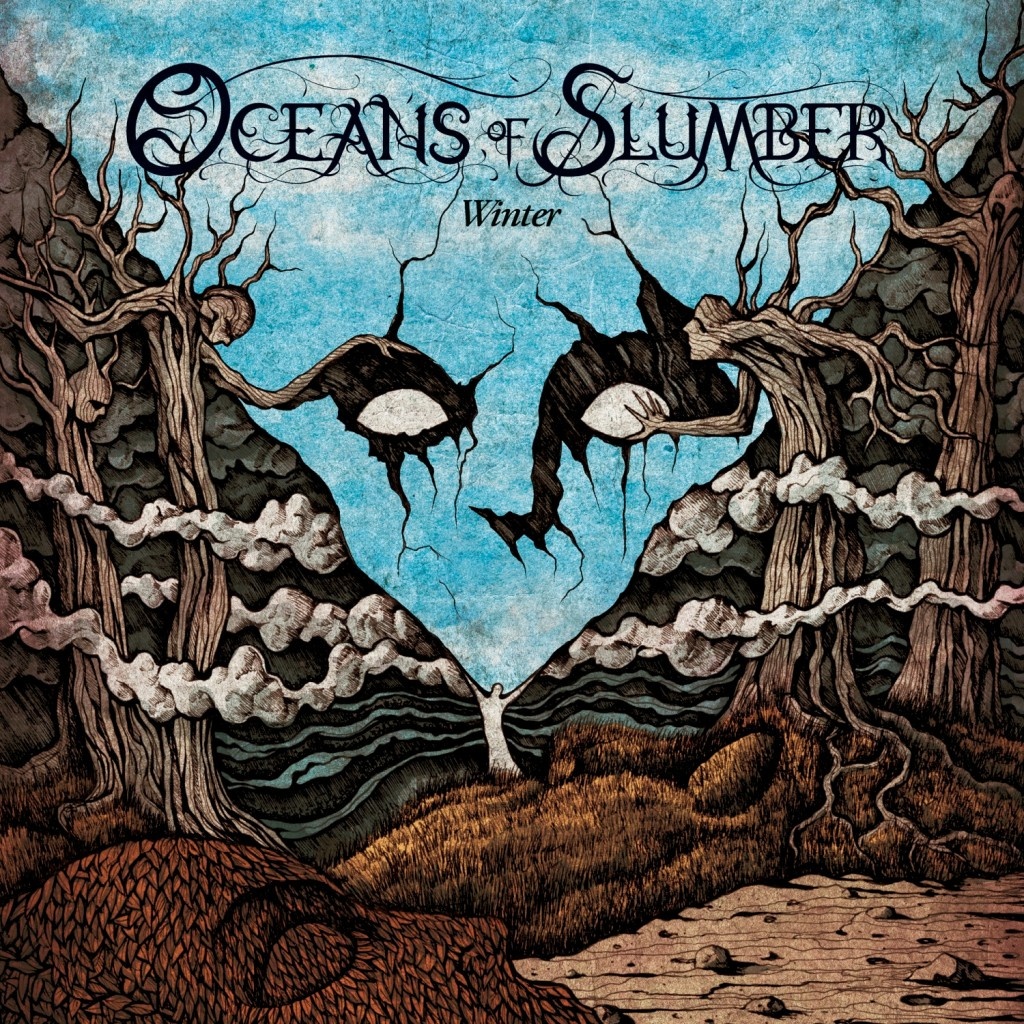

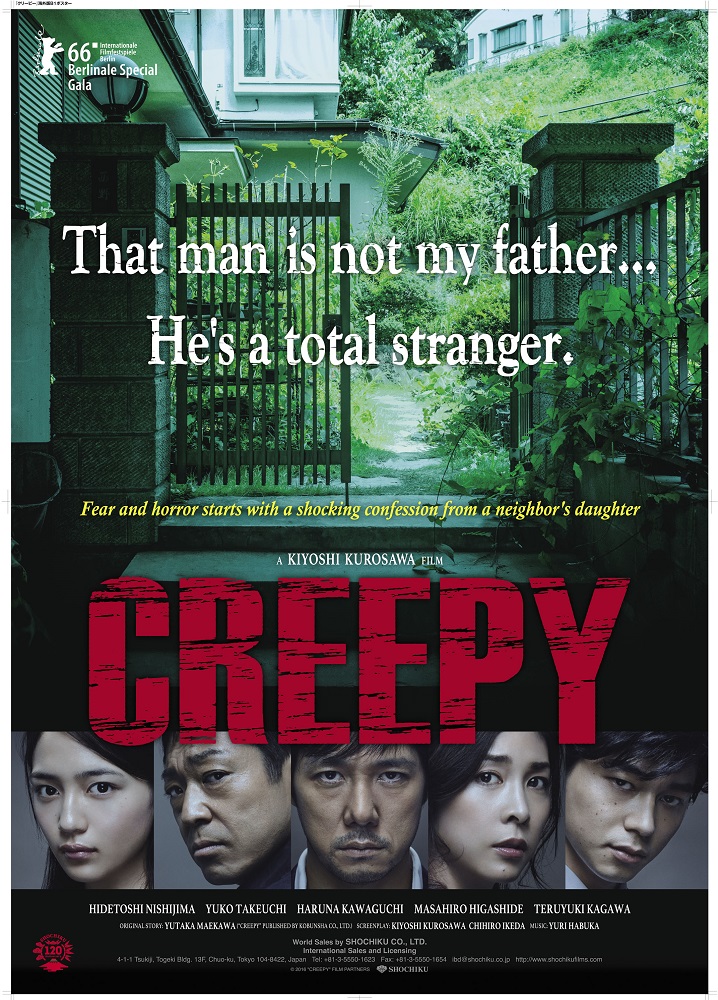 The idea of the paranoid neighbour is a well-worn idea in cinema, but Creepy manages to provide an interesting and thrilling take on this premise.
The idea of the paranoid neighbour is a well-worn idea in cinema, but Creepy manages to provide an interesting and thrilling take on this premise.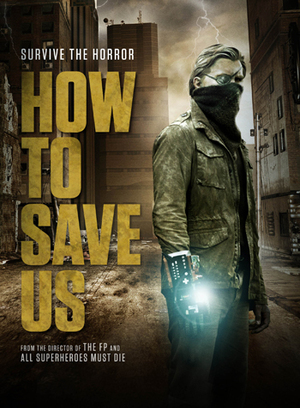 The first thing I noticed in How To Save Us was a spelling mistake in the opening titles. I lowered my expectations accordingly and it turned out I was right in doing so – besides some gorgeous locations and a decent lead, the film has unfortunately little to save it.
The first thing I noticed in How To Save Us was a spelling mistake in the opening titles. I lowered my expectations accordingly and it turned out I was right in doing so – besides some gorgeous locations and a decent lead, the film has unfortunately little to save it.